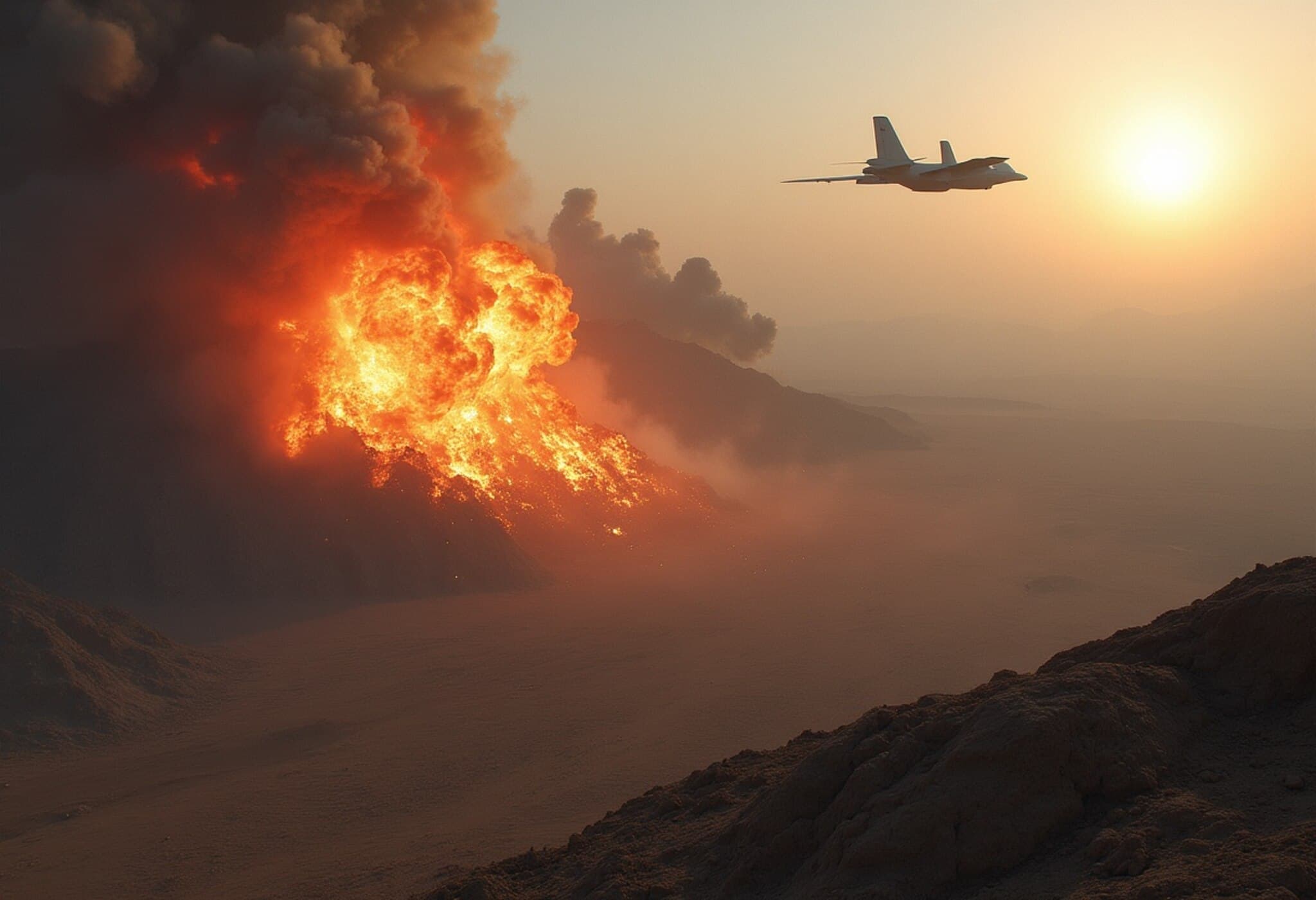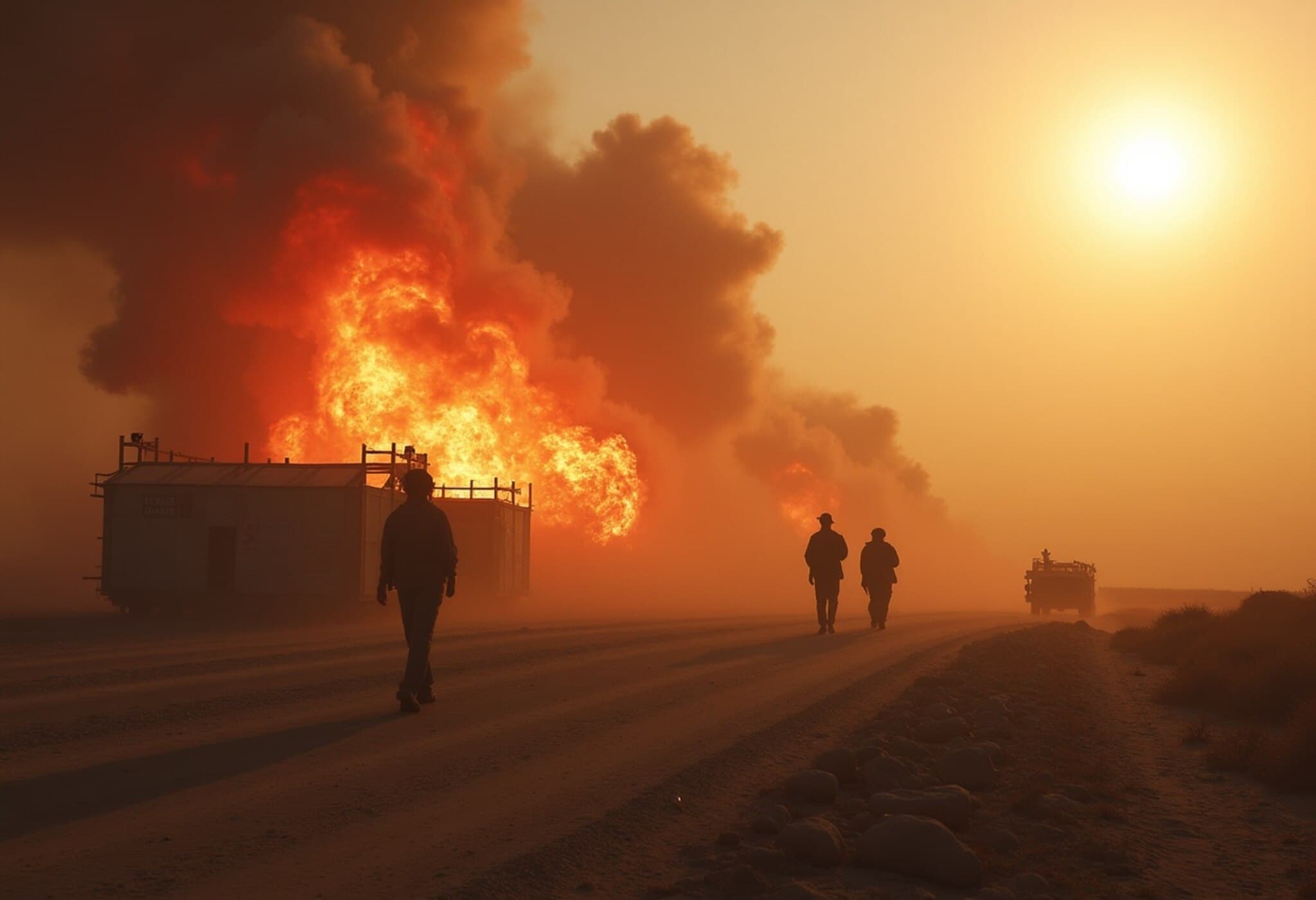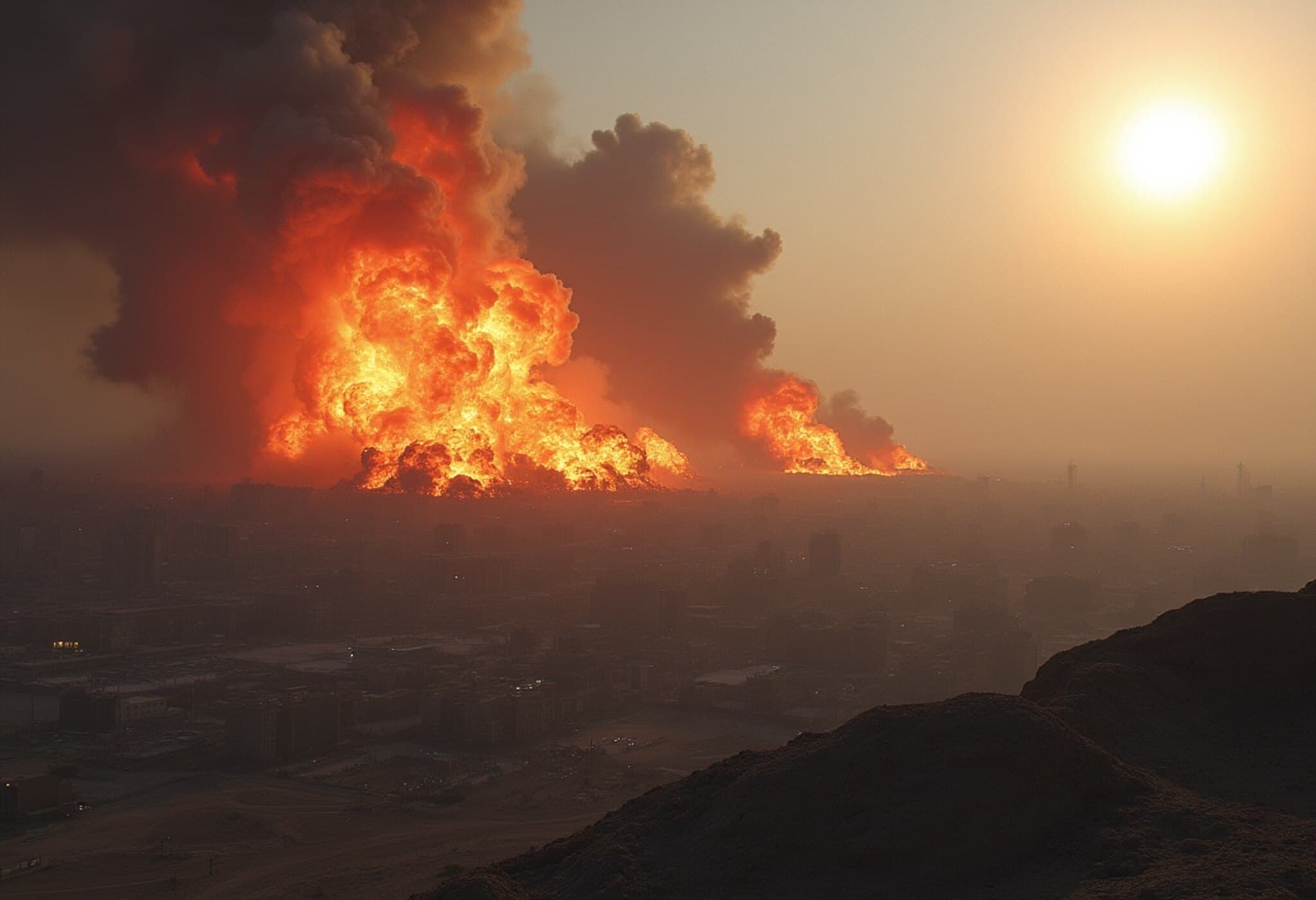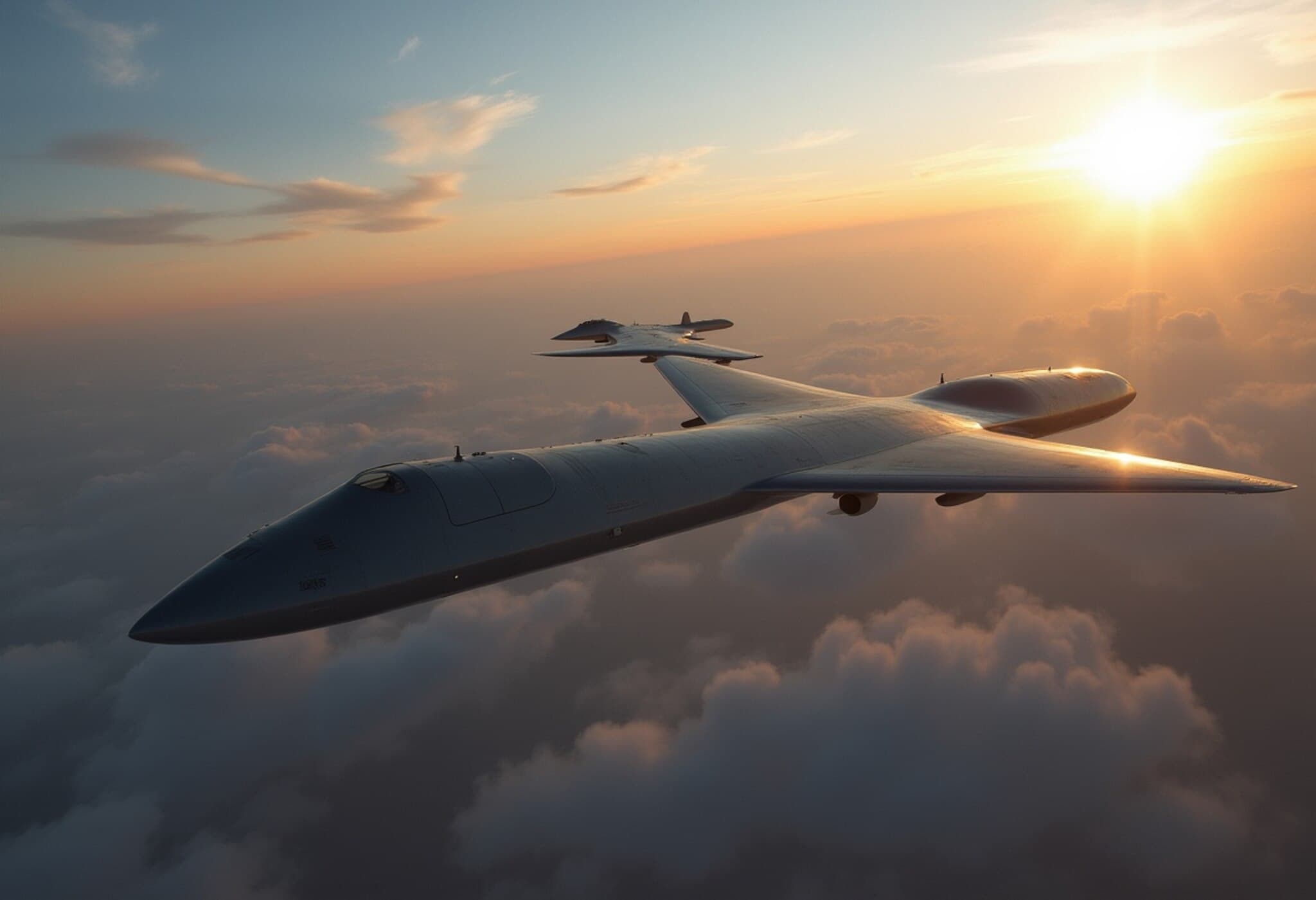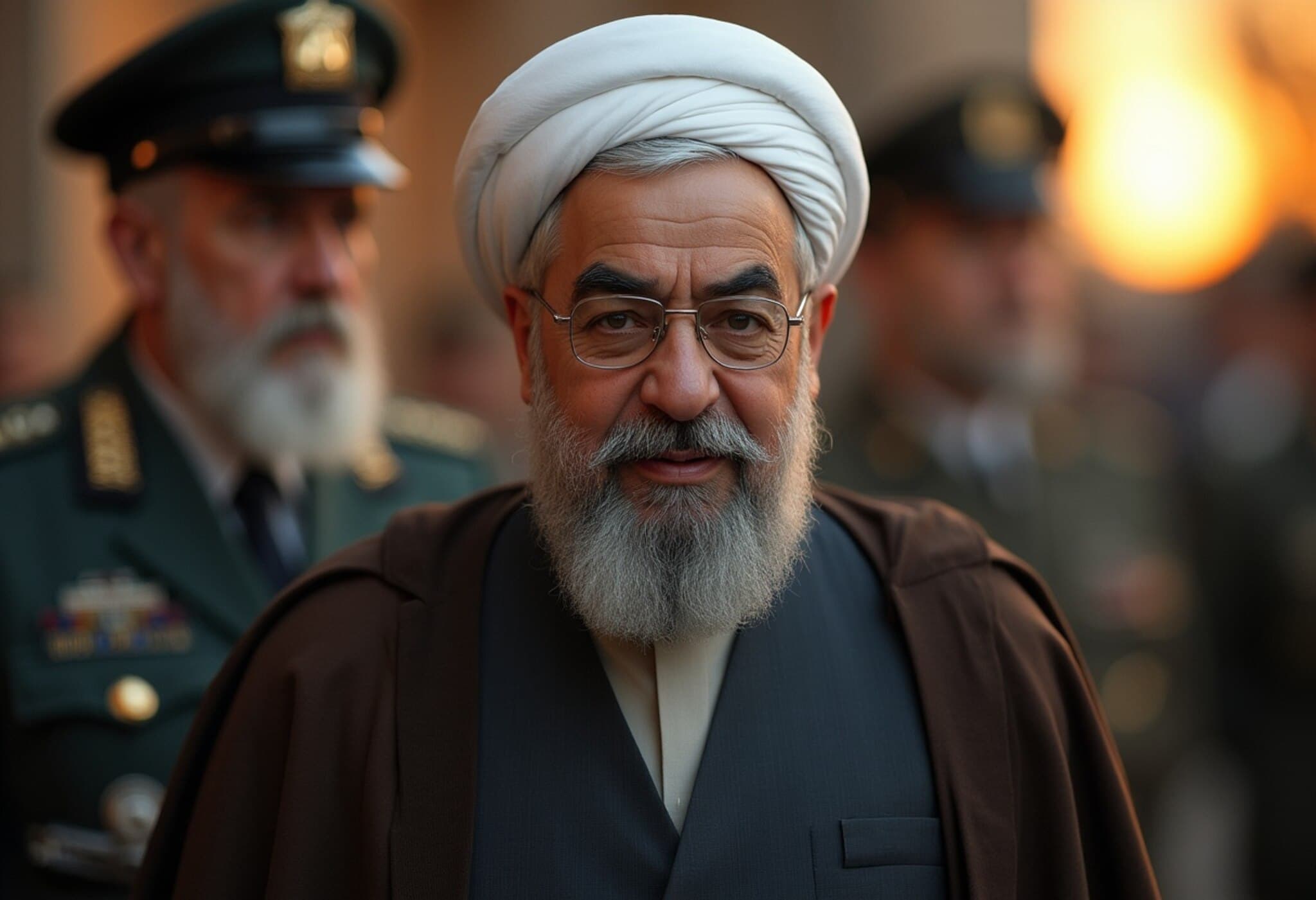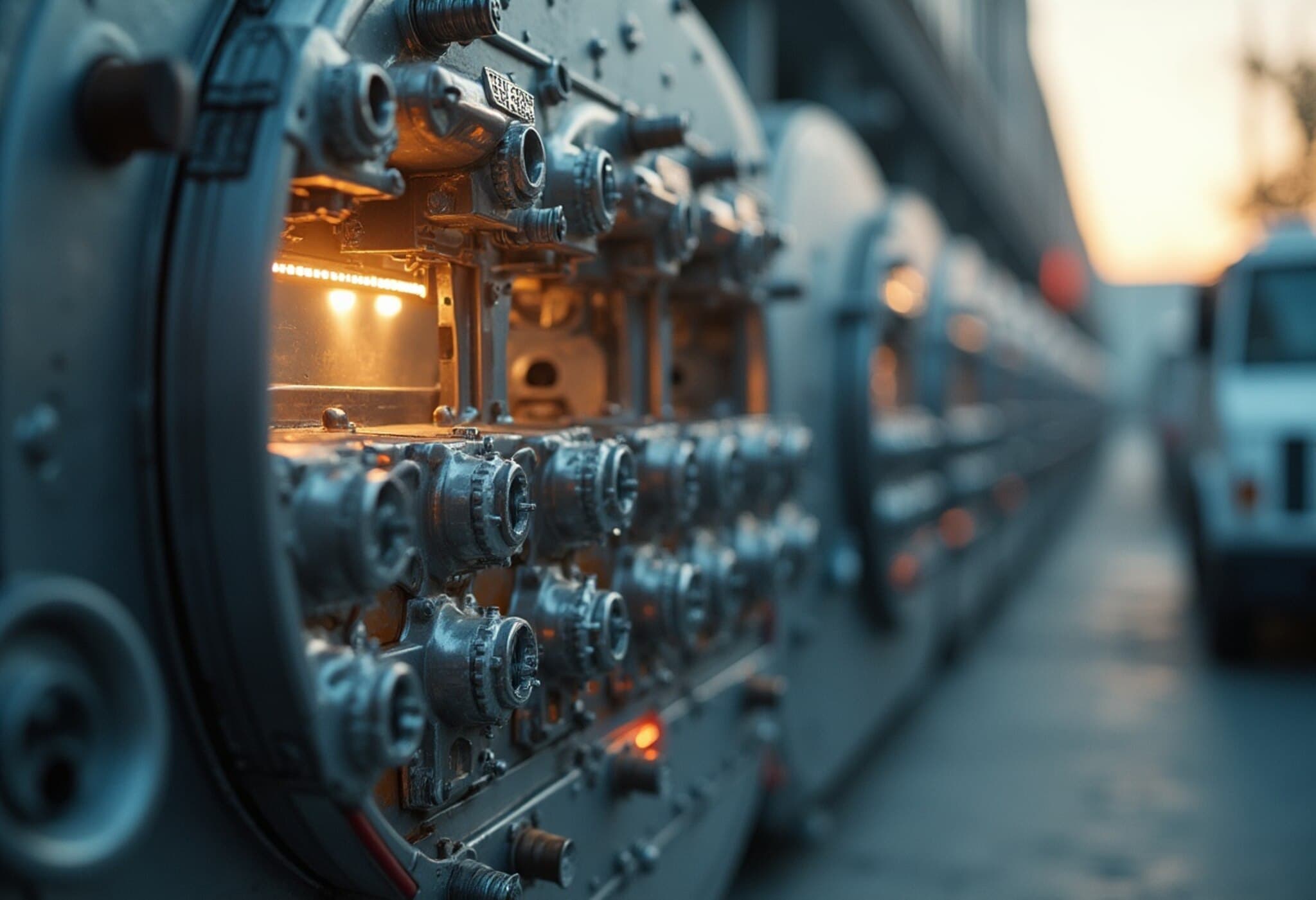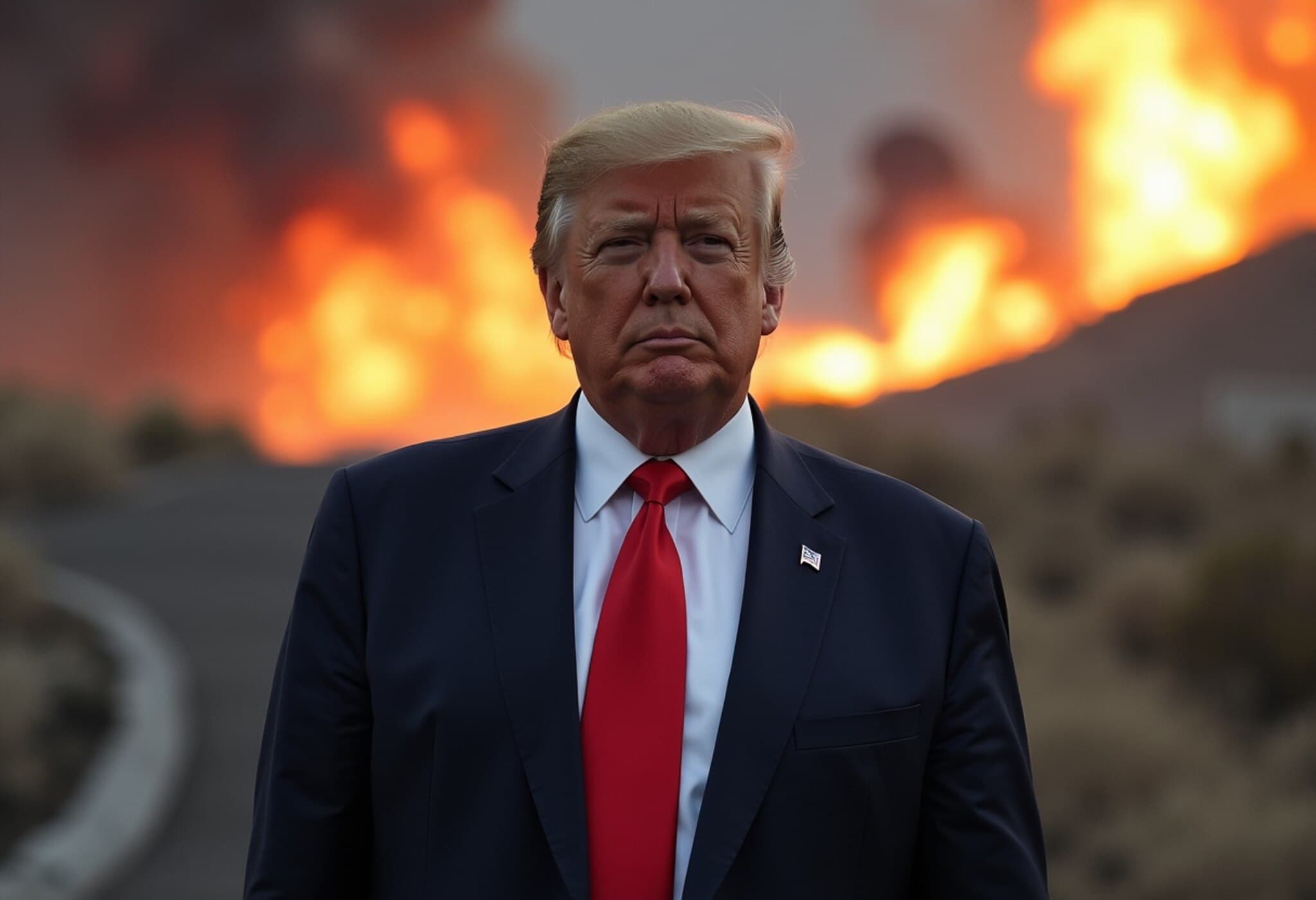Understanding the Impact of 'Bunker Buster' Bombs on Iran’s Nuclear Facilities
In a striking military operation, six GBU-57A/B Massive Ordnance Penetrator (MOP) bombs were deployed to target Iran's deeply fortified nuclear sites. These precision-guided munitions, launched from B-2 stealth bombers, played a key role in neutralizing strategic locations such as the Fordow underground nuclear facility.
Why Fordow Was a High-Value Target
The Fordow nuclear site stands out due to its unique positioning—constructed deep inside a mountain, this heavily fortified installation was used to enrich uranium to near weapons-grade levels. Its underground location made it virtually untouchable by conventional Israeli weaponry.
The successful strike on Fordow marked a significant milestone in disabling Iran’s nuclear capabilities, an objective central to broader military efforts in the region.
What Are GBU-57A/B MOP Bombs?
- Weight: Approximately 30,000 pounds (13,600 kg)
- Length: Around 6 meters
- Penetration Ability: Can penetrate up to 60 meters underground
- Launch Platform: Exclusively deployed by B-2 stealth bombers
These bombs belong to the 'bunker buster' category—engineered specifically to obliterate deeply buried and heavily fortified targets such as underground nuclear sites, command centers, and weapons caches.
How the Strikes Were Executed
In addition to the six MOP bombs deployed on Fordow, the U.S. military also launched approximately 30 Tomahawk missiles from submarines to hit the Natanz and Isfahan nuclear facilities, as announced by the President. All three sites reportedly suffered complete destruction.
The Science Behind Bunker Buster Bombs
Expert analysis reveals that GBU-57A/B bombs possess hardened metal tips enabling them to punch through concrete and soil upon release. They penetrate deeply without detonating immediately, allowing them to explode once inside the target, maximizing internal damage while minimizing surface impact.
This delayed detonation dramatically amplifies the destruction radius within underground structures, making such bombs particularly effective against fortified installations like Fordow.
Depth Challenges and Bomb Effectiveness
While some reports state the Fordow facility lies approximately half a mile underground, other expert assessments suggest it may be between 60 to 100 meters deep—still within the penetration capability of GBU-57A/B bombs but beyond the reach of Israeli munitions. This technical limitation underscores why the intervention of the U.S. with its specialized bombers and ordinance was essential for striking such a heavily shielded target.
Operation Overview
This bombing campaign was part of a strategic operation aimed at crippling Iran’s nuclear advancement, responding to concerns about nuclear proliferation and regional security. The cooperative military efforts combined state-of-the-art stealth technology with advanced munitions to achieve precision and efficacy.

